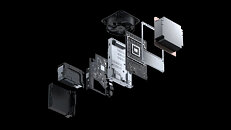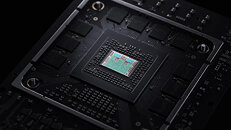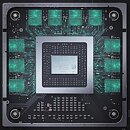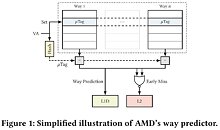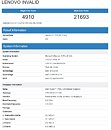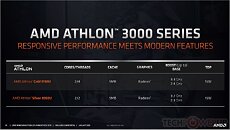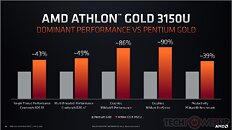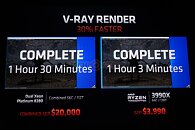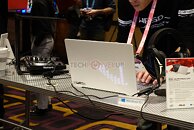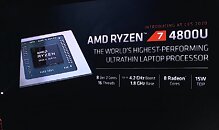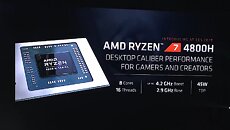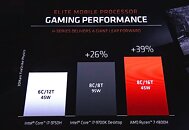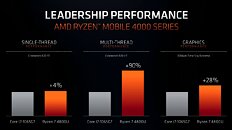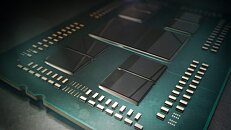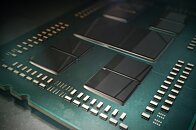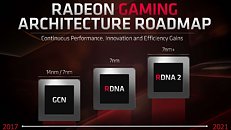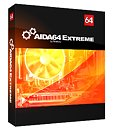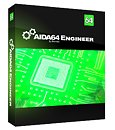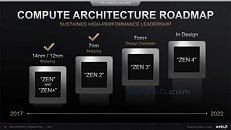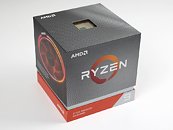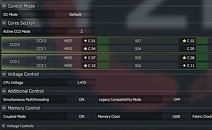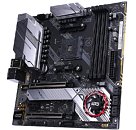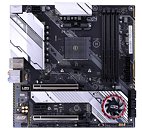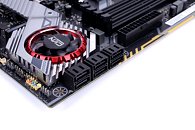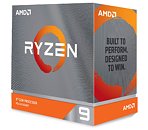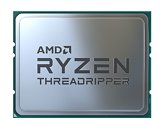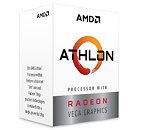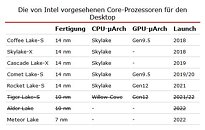
Sony's Mark Cerny to Detail PS5 Architecture March 18th
Sony has announced via Twitter that their lead system architect Mark Cerny will "provide a deep dive into PS5's system architecture, and how it will shape the future of games" tomorrow. This is likely the start of Sony's marketing campaign for the release of the PS5 which is due out Holidays 2020.
The Japanese company has remained puzzlingly tight-lipped regarding their next-gen games console, which is a far cry from Microsoft's position, who have been releasing details and teasing their next-gen Xbox Series X system for a while now. It remains to be seen how Sony's system will differ from Microsoft's Xbox Series X, since most specs are rumored to be close on both consoles. The underlying Zen 2 architecture for the CPUs is confirmed in both consoles, and so should the fabrication process and RDNA2-based graphics with dedicated ray tracing hardware. It remains to be seen how the companies will aim to differentiate their offerings.
The Japanese company has remained puzzlingly tight-lipped regarding their next-gen games console, which is a far cry from Microsoft's position, who have been releasing details and teasing their next-gen Xbox Series X system for a while now. It remains to be seen how Sony's system will differ from Microsoft's Xbox Series X, since most specs are rumored to be close on both consoles. The underlying Zen 2 architecture for the CPUs is confirmed in both consoles, and so should the fabrication process and RDNA2-based graphics with dedicated ray tracing hardware. It remains to be seen how the companies will aim to differentiate their offerings.


